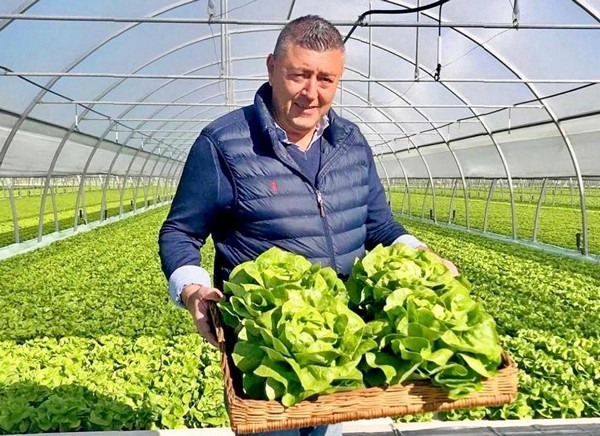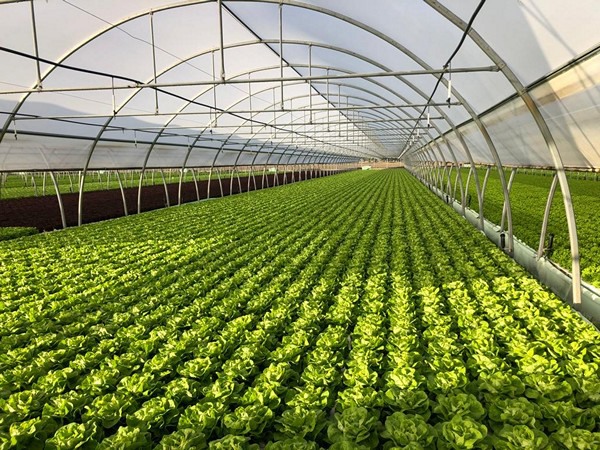The harvest and sale of Ninfa brand lettuce, grown on 10 hectares of floating rafts in the Italian province of Ravenna, started last week. Gianluca Rossi, owner of Valle Standiana, looks with satisfaction at the lettuce, which, harvested by a small number of employees, is transported by conveyor belt directly from the growing site to the packing station.
"We are excited about the start of this campaign," says Rossi. "The quality is excellent, and the yield is also good, even though we are only at the beginning of the season. The product will be available until mid-December, with a constant supply and homogeneous quality."
 Gianluca Rossi, owner of Valle Standiana. The company will be present at Macfrut (pavilion D2, booth 67).
Gianluca Rossi, owner of Valle Standiana. The company will be present at Macfrut (pavilion D2, booth 67).
The main types of lettuce grown by the Italian company are iceberg lettuce, Trocadero, Gentiline, and romaine lettuce. They all meet the parameters to be certified nickel-free. "They can be delivered to the customer either loose or packaged, with the Ninfa brand or with the distributor's private label."

Valle Standiana, owner of the Ninfa brand, has an acreage of 13 hectares, 10 of which are floating crops. Everything is covered with fine mesh netting that provides protection from the weather without creating a greenhouse effect or excessive temperature spikes in the summer.
Panels of lettuce are placed on the conveyor belt.
At first glance, it might seem that water is being wasted, but nothing could be further from the truth. "Careful management allows long-term usage of water without waste. For the same number of plants, it requires about 70% less water compared to traditional growing methods."
The lettuce goes from the floats directly to the packing station.
Cultivation takes place on floating panels that are certified for food contact. The roots are submerged in water. Nutrition takes place with the classic triad of elements N, K, P, and microelements. Obviously, no chemicals are needed to protect the crops. Integrated crop protection strategies are used.
Aerial view of the Valle Standiana farm, which grows lettuce on floating raft systems on an area of 13 hectares.
"With traditional methods, also considering rotations, it would take 180 hectares of soil in open fields to produce as much as we manage to do in 10 hectares of a floating raft system. In our case, rotation is nothing more than the replacement of used water that is not wasted but returned to the land in the remaining hectares of our farm," concluded Rossi.
For more information:
Rossi Ortofrutta s.r.l.
Via San Martino
Riparotta 14
47922 Viserba (Rimini)
[email protected]
www.insalataninfa.it










